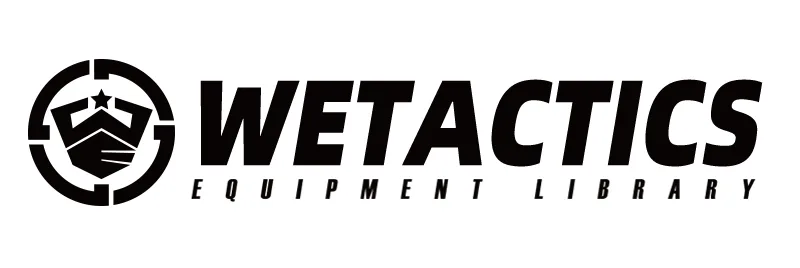Primaloft cotton is the best cotton for keeping warm, how good can it be? The highest gold label grade in P cotton can achieve the warmth of 650 puffs of down, so when it comes to P cotton, it is inevitable to mention a few words about down. The advantages of down: good insulation, light weight, and good compression ratio, so when you want to carry high insulation clothes out, down is the best choice. The disadvantage of down: When it gets wet, it immediately loses its warmth and is particularly damp and cold. Even if you take it off, it will quickly take away a large amount of heat, which is a dangerous thing. P cotton: It provides good warmth, is relatively light, and has a certain degree of compressibility. Compared to down, P cotton can restore over 70% of its warmth by wetting it and wringing out the water.
So how to choose down and cotton?
Down belongs to static insulation. As long as it is not wet during daily wear, it can be worn no matter how it is worn. That is to say, do not wear it when sweating during exercise, because down is not breathable and can easily be wet by sweat after exercise, losing its warmth. Suitable for keeping warm in a static state in a low temperature environment after exercise. Don’t wear it during exercise, let alone as an intermediate layer for sports. Wearing it in an airtight jacket will make it wet with sweat.
P cotton is suitable for both the middle and outer layers. Its breathability is better than down, but not as good as fleece, so fleece is still the best choice for sports breathability. P cotton is divided into gold, silver, and black labels. There is still a significant difference in the warmth retention between silver and black labels compared to gold labels, so it is recommended to choose gold labels. There are two forms of P cotton, one is loose fiber, like down, which can be filled in this state by fixing the position of P cotton in the form of velvet channels. Another type is like sponge cloth, which is flat. Depending on the weight of the cotton per square meter, there are 40g, 80g, 100g, 133g, and 200g. The thickness and warmth naturally vary depending on the unit weight. It is recommended to choose 100g and 200g as the two standards for thickness. Those that are too light and thin do not have much warmth, so they should be given a name instead of fleece.
In fact, both cotton and velvet belong to the current technological fabrics, including Cordura , toray fabrics, GTX, V-bottom, carbon fiber, coolmax, and so on. Most of these are not natural materials such as pure cotton, wool, cowhide that we used to require when choosing clothing. We just need to choose suitable combinations and apply them in our own lives to make life more convenient.



